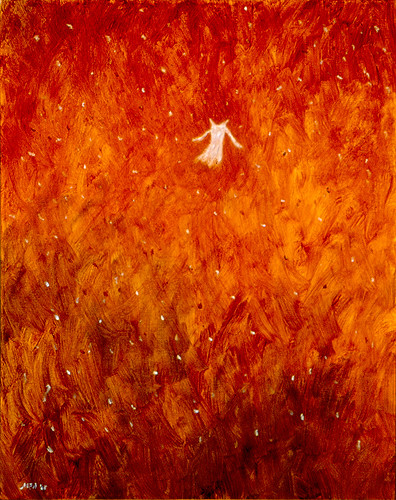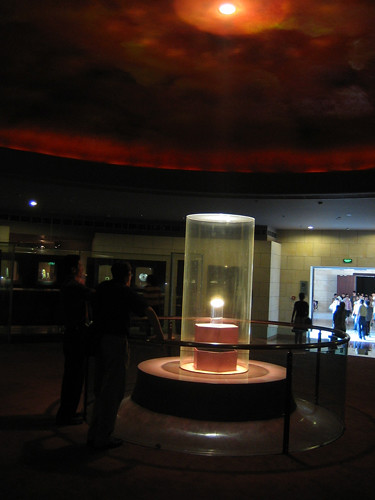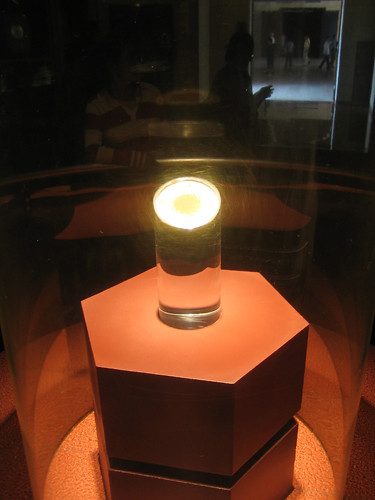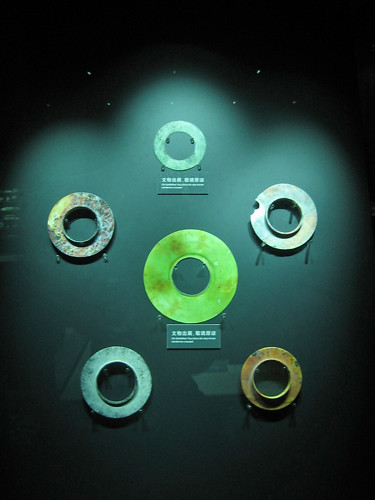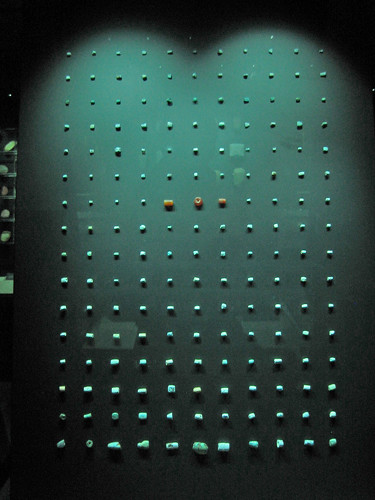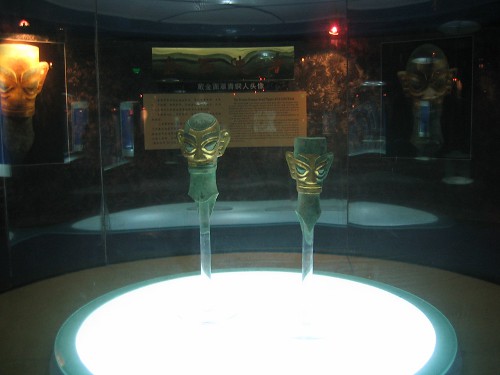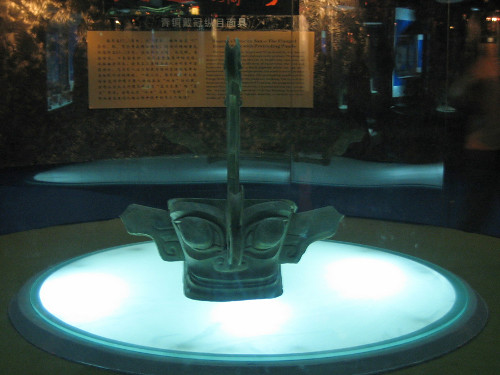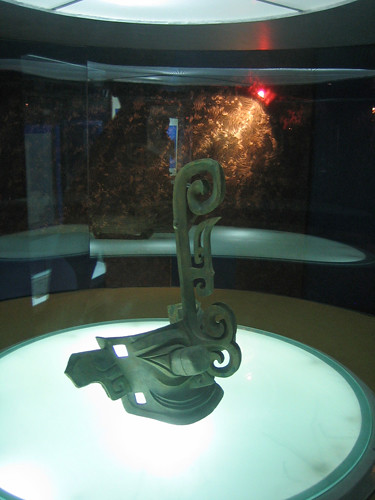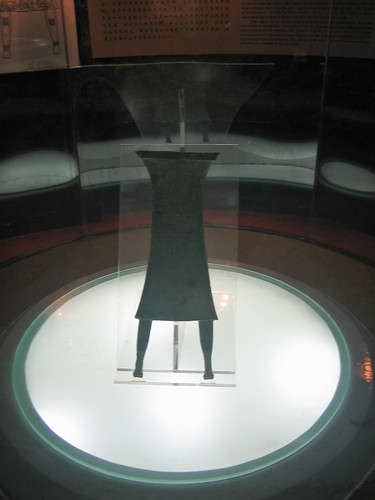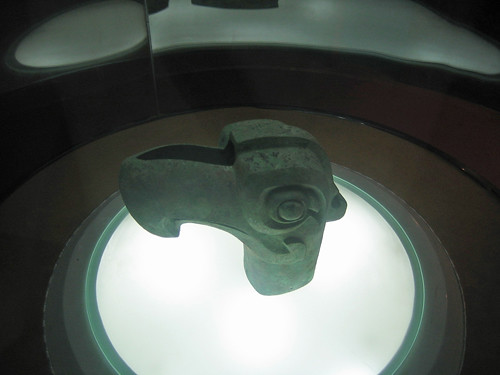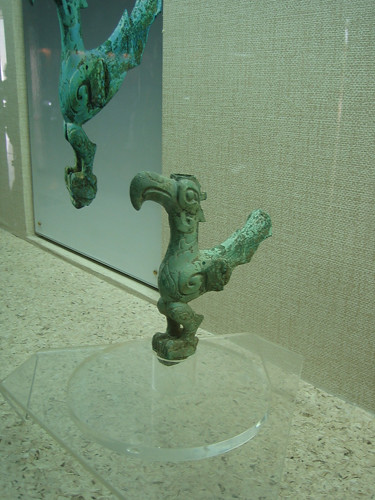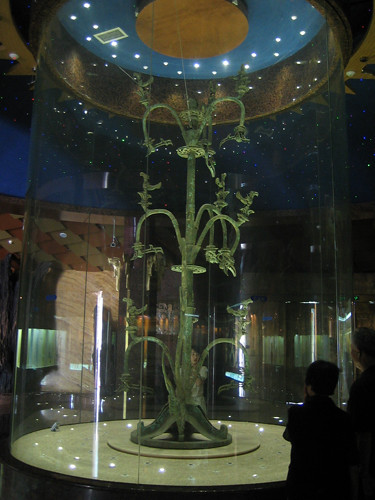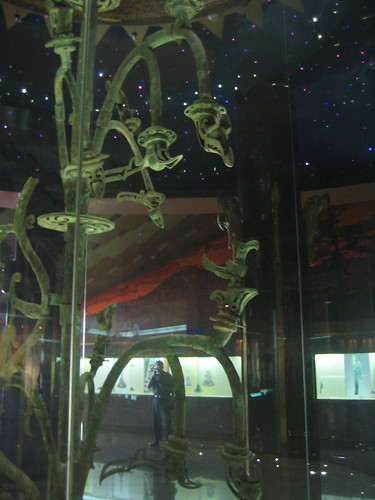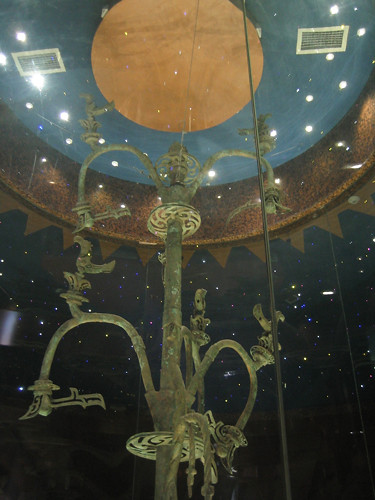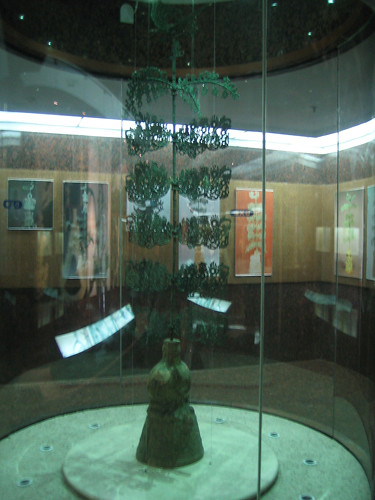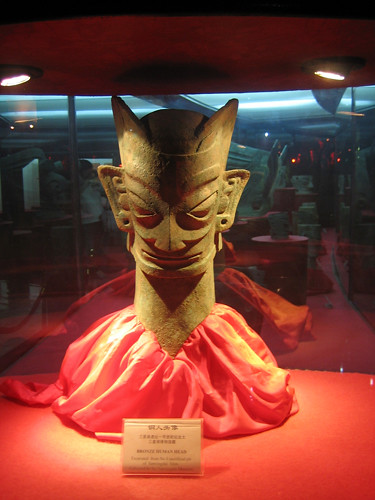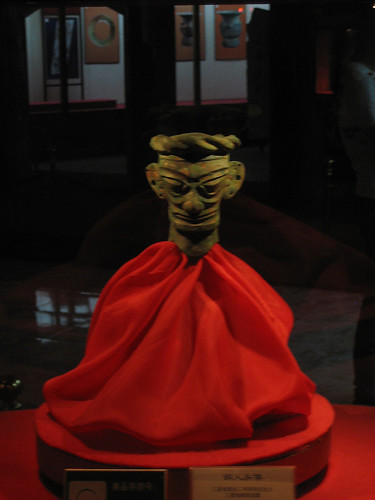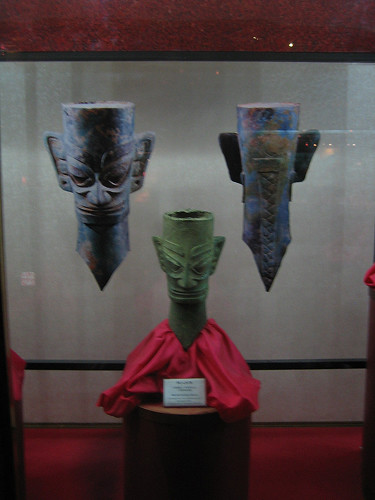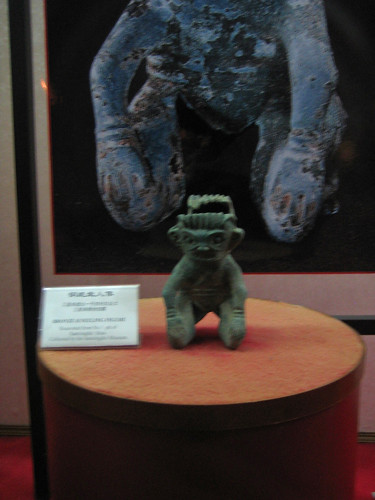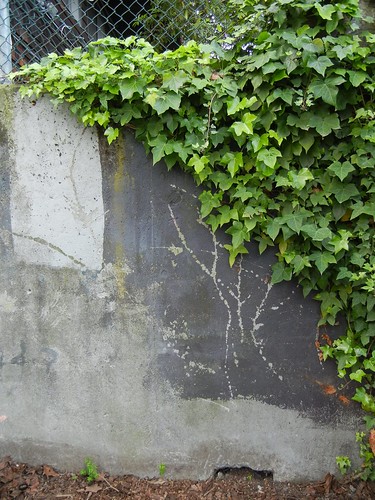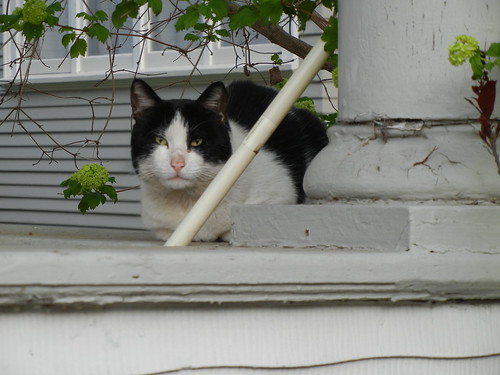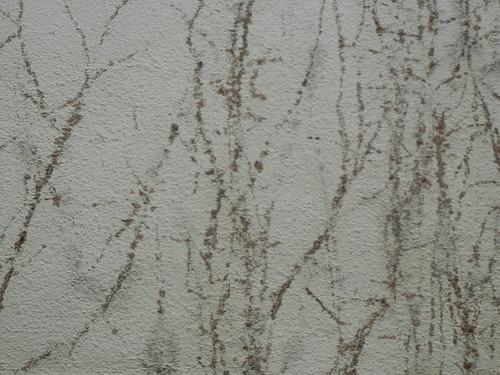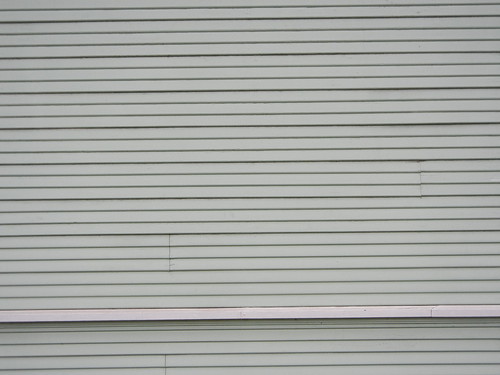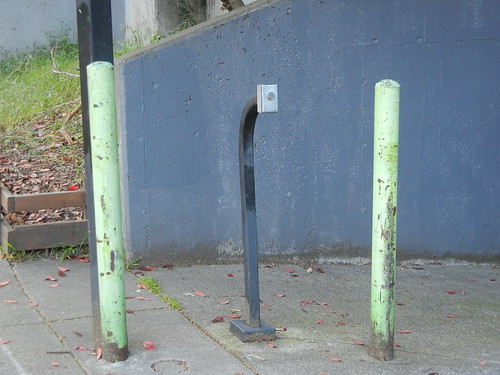Recently, a new 3D virtual gallery called my attention -
Exhibbit.com. According to Exhibbit.com,
The driving passion behind 'exhibbit' is the concept of freeing art and the artist from the limitations of the physical exhibition space.
An 'exhibbit' virtual exhibition provides the artist with unlimited space to work with, as well as a stunning environment to showcase their art.
We have been continuously developing 'exhibbit' for 6 years now. Our latest virtual gallery spaces really do rival the finest bricks and mortar galleries for ambience, decor and lighting.
Professional Artists
Imagine having the power to create the impact of a gallery exhibition when ever you wanted. To leverage your investment in a physical exhibition by hosting your exhibition online for the entire world to see.
Your finished exhibitions are shared on your website, and through social media platforms such as Facebook, Linkedin and Twitter.
Emerging Artists
Can't afford to exhibit your work in a gallery? Perhaps you’re being encouraged by your friends and family to show your work to a wider audience but don’t know how to go about it.
We can help set you up with online marketing tools for your exhibitions, and even create the exhibtions for you if you wish. This will provide you with a fully professional looking showcase of your work to show to artists agents and buyers. Take that first step today!
Curators and Artists Agents
'exhibbit' can faithfully recreate your entire gallery in virtual form, and provide you with powerful tools that allow you to accurately and quickly visualise your exhibitions before committing them to your physical gallery. Apart from providing you with an online version of your physical exhibition, you also gain the power to market other exhibitions simultaneously to the web, greatly expanding your visibility and increasing your potential market size.
It seems have covered a vast ground, and quite useful as well. Further investigation of this website demonstrated how this particular virtual gallery works, regarding set up process, fee structure, etc. Below are a few screeshots I took while visiting exhibbit.

The "galleries" costs $30-$90/month, or $15-$45/month on annual subscription. Exhibbit will help to handle artwork for a fee of $10 per work.
It took me a while to find some existing galleries and that cries out for an improvement. The galleries are relatively easy to navigate, if one is familiar with this type 3D online presence. Since I have published my artwork on another 3D virtual gallery (see
A New Showcase - 3Dvas Gallery), therefore, it posed no challenge for me. However, using arrow keys to move around is not clearly marked and that might create frustrating experiences for many.

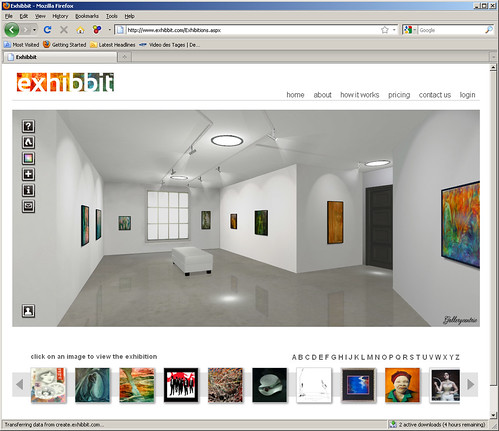
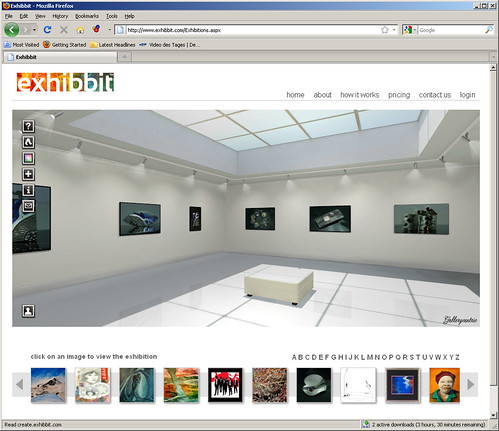
Similar to the 3D Virtual Gallery I use - 3D Virtual Art Space (
www.3dvas.com) - this one require the viewer of these galleries to download of a software to view the 3D models -
Unity Web Player: "As of today, displaying three-dimensional content online is no trivial matter. The Unity Web Player enables you to view blazing-fast 3D content created with Unity directly in your browser, and auto updates as necessary -- 3Dvas FAQ".
This requirement might give many potential users pause. I have not been able to convince some of my friends to download this software, despite testimonies from many fronts. This definitely is a disadvantage but without the back of companies like Google (see
3D Virtual Galleries via Google), artists at this moment have to rely on such software to create a 3D virtual gallery.

So far, the main difference between Exhibbit and 3D Virtual Art Space (3Dvas) are the fee structure. 3Dvas is free for artists and on 3Dvas, artists are free to sell their creations in the galleries free of charge. A sales house will be set up soon to offer selected works from the system. This service will involve payment. Exhibbit has not mentioned the ability to sell through their service yet.
However, free service is not necessarily putting 3Dvas ahead of Exhibbit. Remember, often, we got what we paid for.
In the age when websites are as many as ants, to distinguish oneself is not easy. There are many websites, claiming 100,000 memberships. How a member can be notices amongst so many is an almost insurmountable challenge. Therefore, pay certain premium in order to be in a more selective group might be a better choice. This touches upon a very important issue and I will discuss this in further detail in future blog.
One more caution to novices: any online presence is not going to make your art take flight any time soon. It demands constant and relentless care and patience. Hoping a 3D virtual gallery can bring admirers all over the world happens infrequently if not rarely. An online presence is only a small part of the game - to be a successful artist, in the social media age, one needs to mount multiple front assaults, and many sacrifices. Use all the tools at your disposal and be persistent, and one day, you might get notices.



